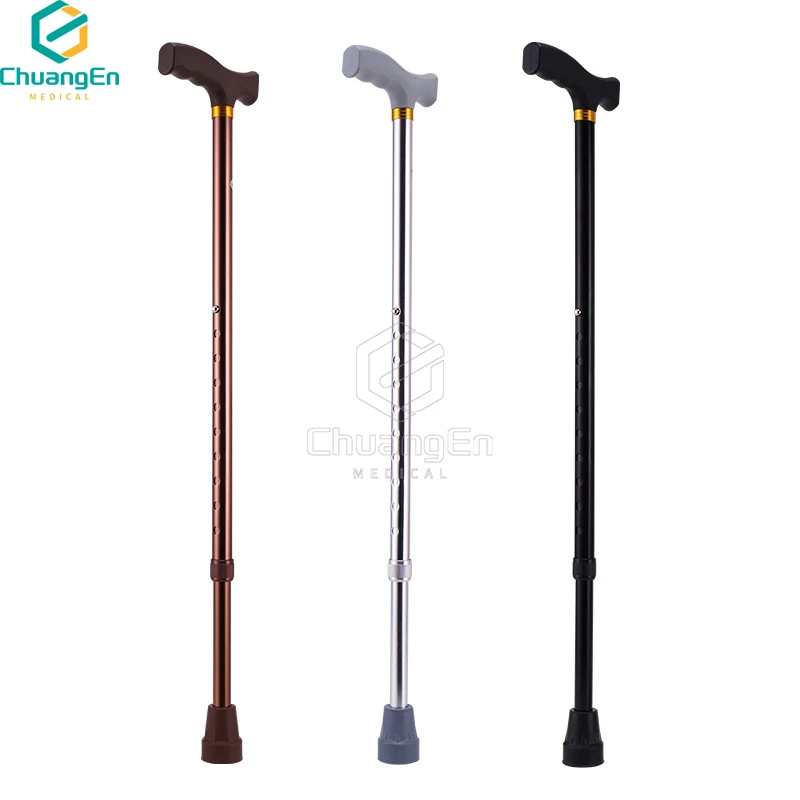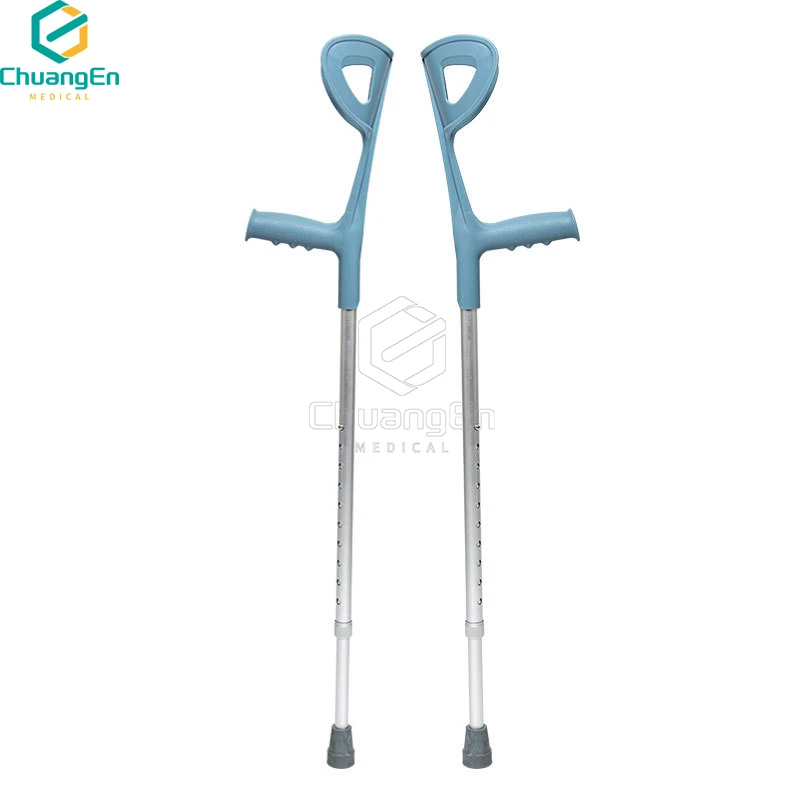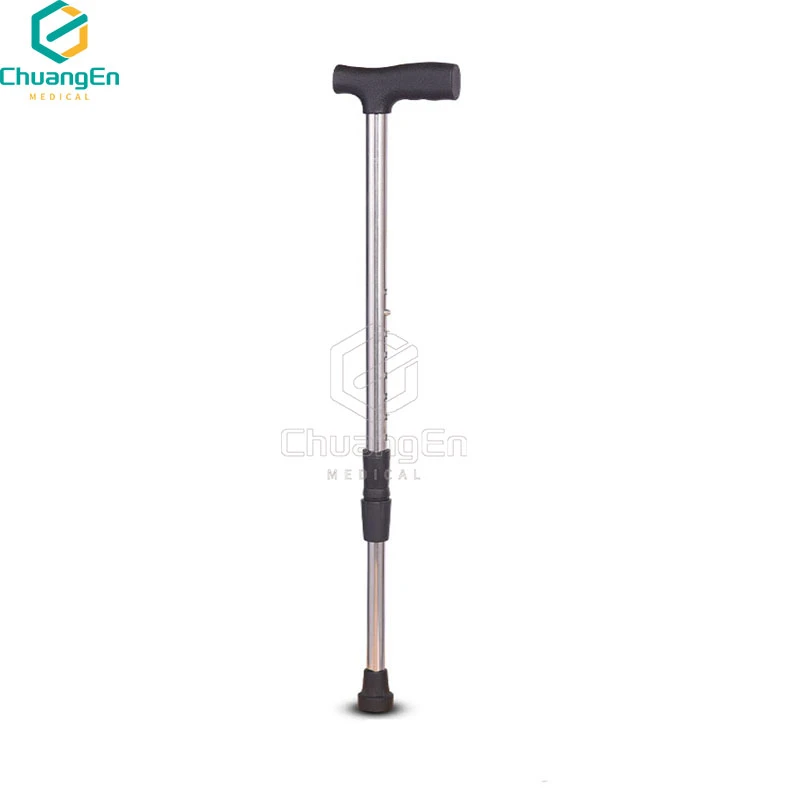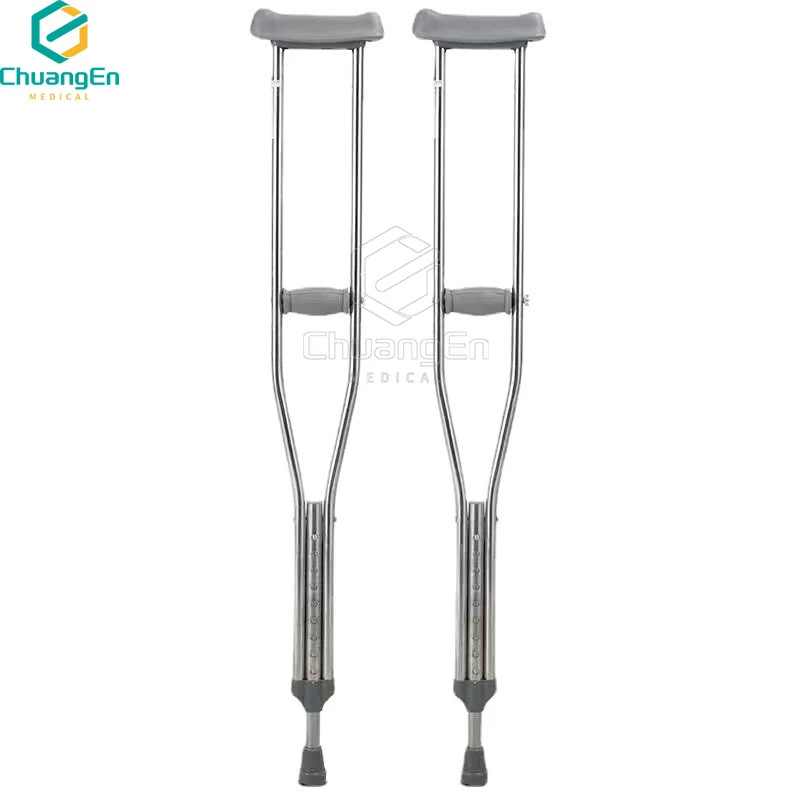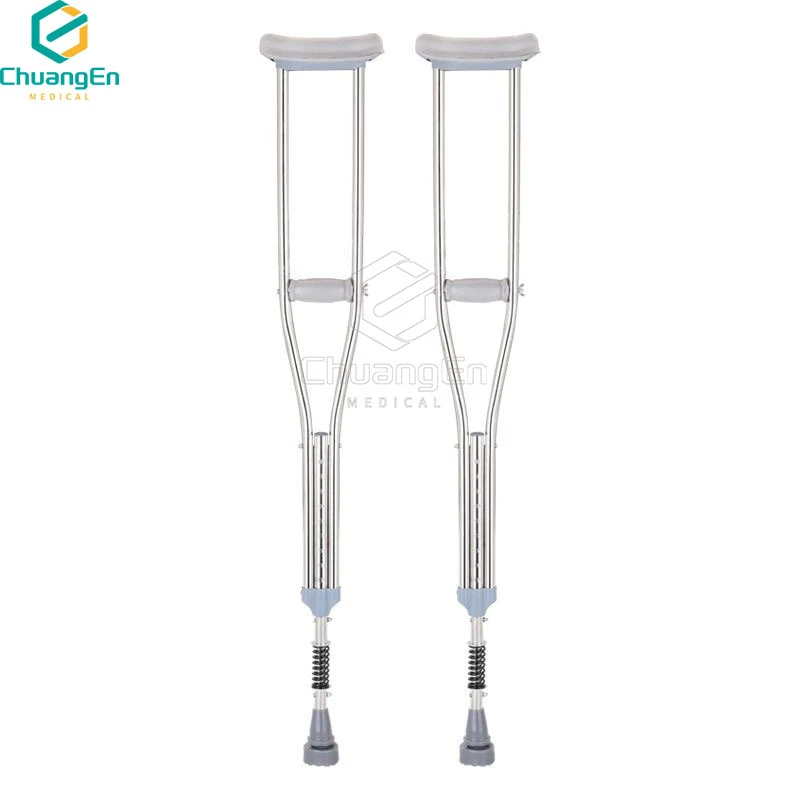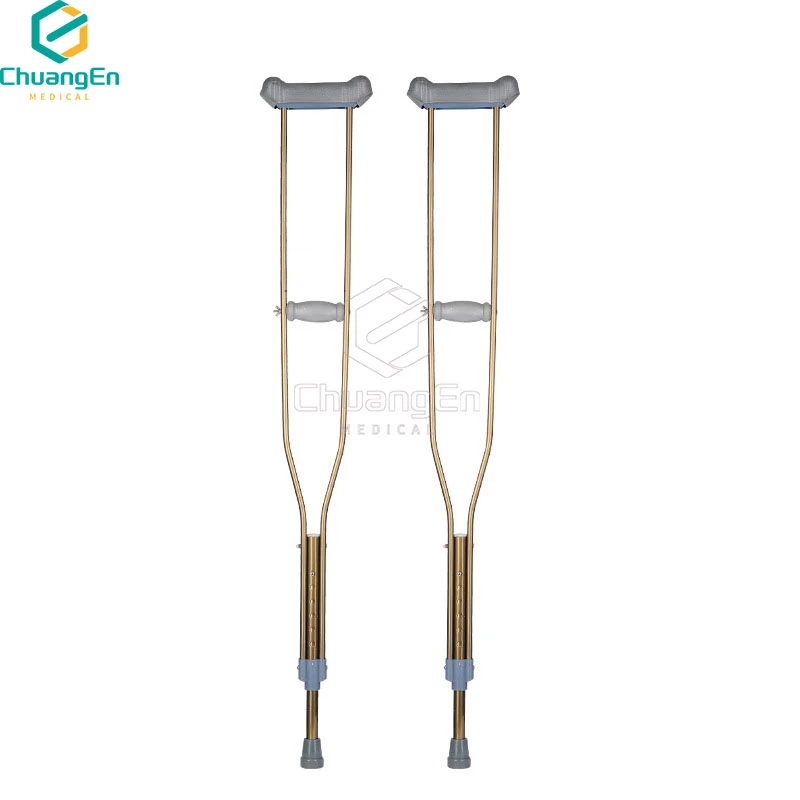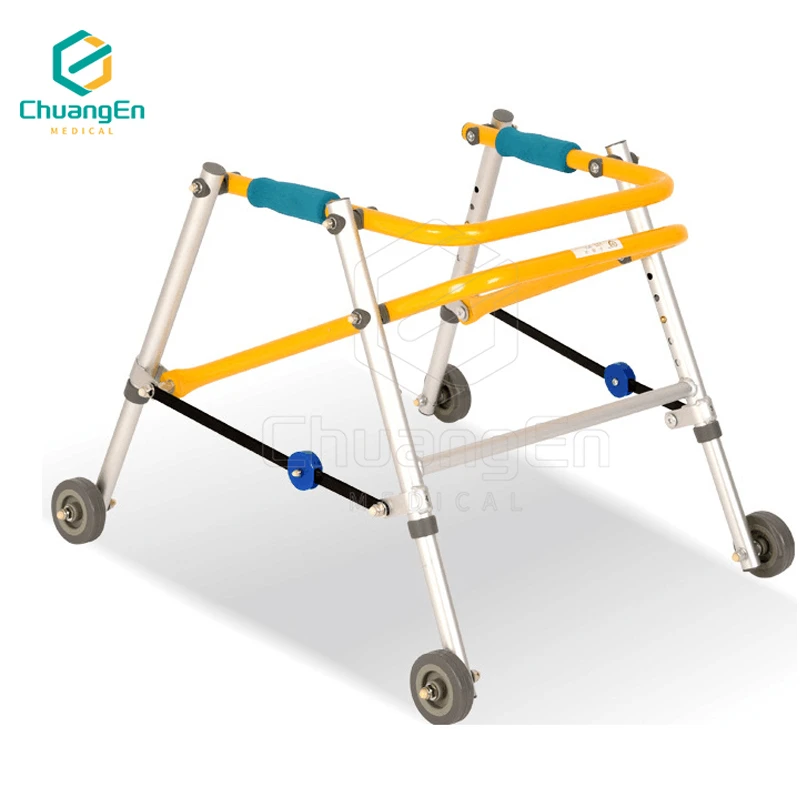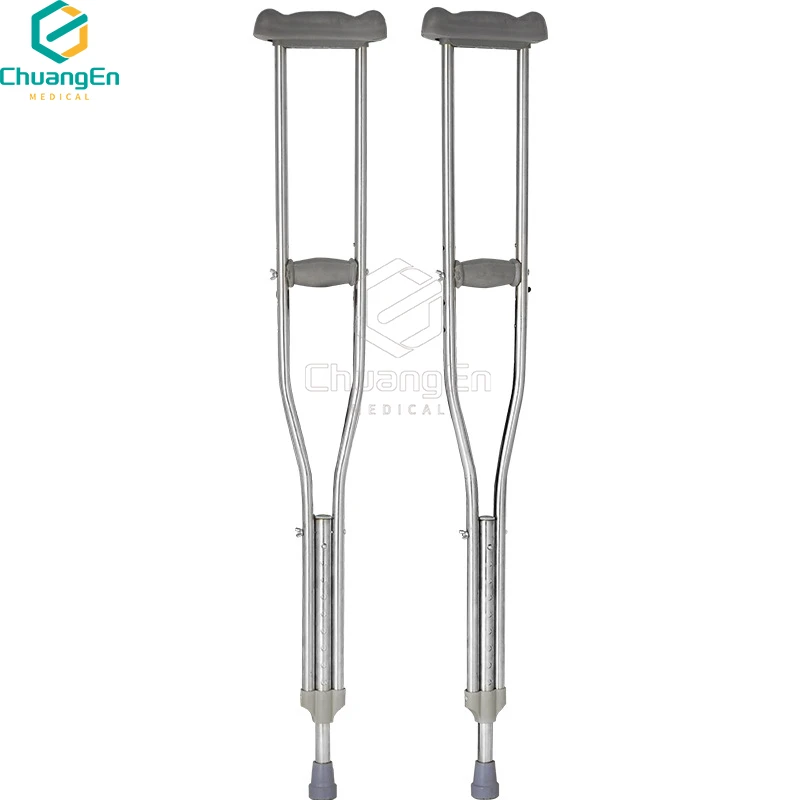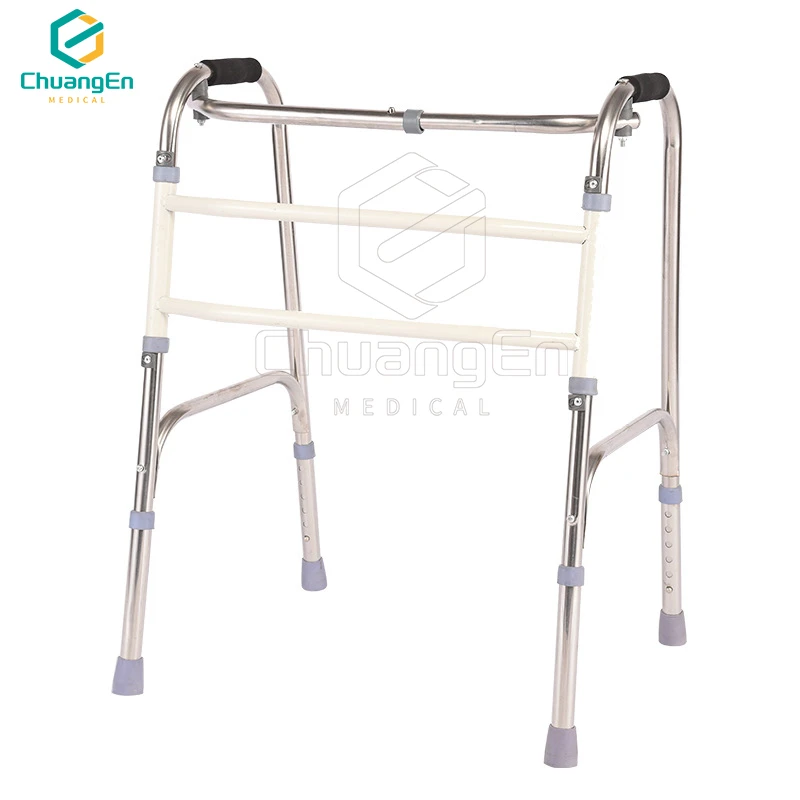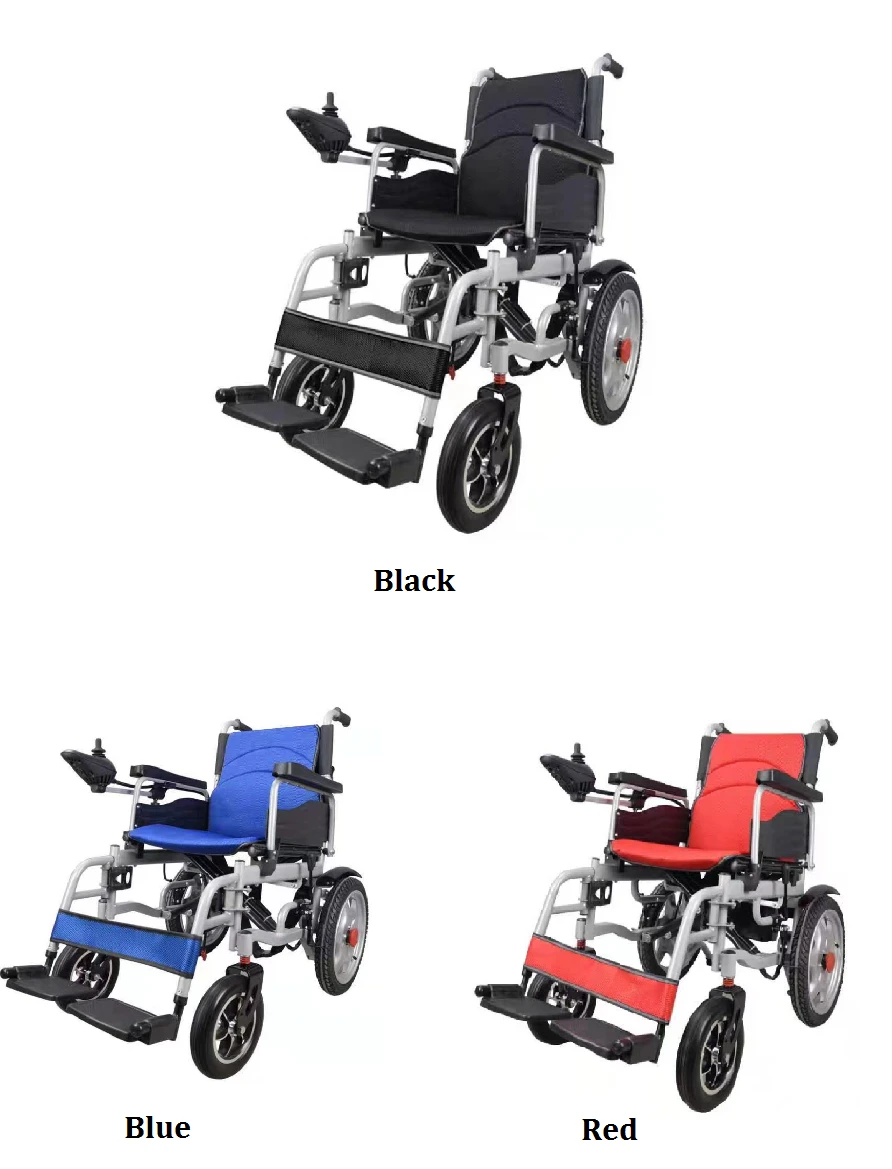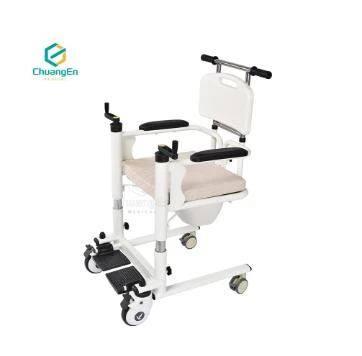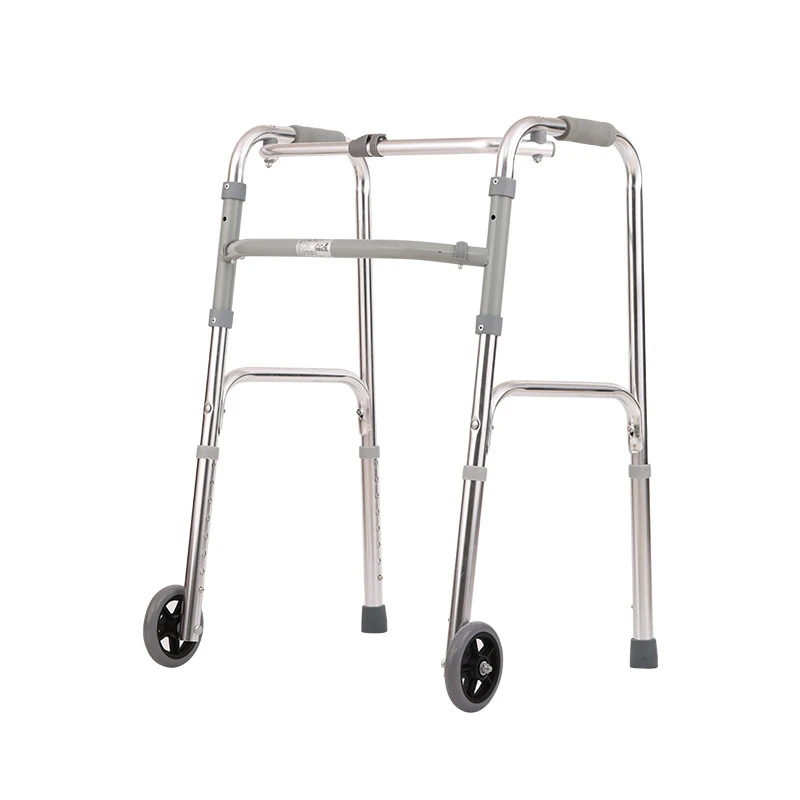There are several types of walkers and walking aids designed to meet different mobility needs. The most common options include standard walkers, two-wheeled walkers, four-wheeled walkers (also known as rollators), and hemi-walkers. Standard walkers are lightweight, offering maximum stability, but require the user to lift them with each step. These are ideal for individuals who need extra balance support. Two-wheeled walkers have two wheels at the front, allowing for easier movement, especially on smoother surfaces. The two-wheel design makes them less cumbersome for users who have limited strength. Rollators (four-wheeled walkers) are equipped with wheels on all four corners and often include hand brakes and a built-in seat for resting. Rollators are perfect for users who need to take breaks while walking and prefer the freedom of gliding across flat surfaces. Lastly, hemi-walkers are designed for individuals with weakness on one side of the body, often due to a stroke or other neurological conditions. This type of walker allows for better balance and ease of movement when only one hand can be used. The choice of walker depends on the user's needs, whether it's for stability, comfort, or ease of movement.
How Do I Choose the Right Walker for My Needs?
Choosing the right walker depends on several factors, such as the user’s level of mobility, strength, and specific medical needs. Standard walkers are often the best choice for individuals who need the most stability and have the ability to lift the walker with each step. If mobility is slightly better and the user has some strength in their arms, a two-wheeled walker might be a good option. This provides added ease of movement without requiring constant lifting. For those who prefer not to lift their walker and want the option to rest frequently, four-wheeled walkers (rollators) are a great choice. They are particularly useful for individuals who can manage a bit of speed and need more independence in their movements. Rollators are also equipped with a seat, allowing for resting during long outings or walks. Hemi-walkers are ideal for those with weakness on one side of their body and need a walker that provides balance support with one hand. It's important to also consider the terrain where the walker will be used—rollators are excellent for smooth indoor surfaces, while those using their walkers outdoors may need a more durable option. Comfort is also a key consideration; ensure the walker is the right height, offers padded handles if needed, and fits the user’s needs in terms of ease of movement and stability.

